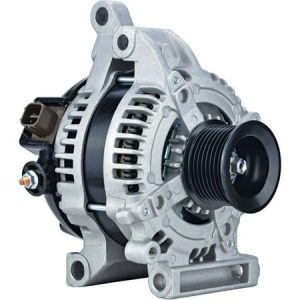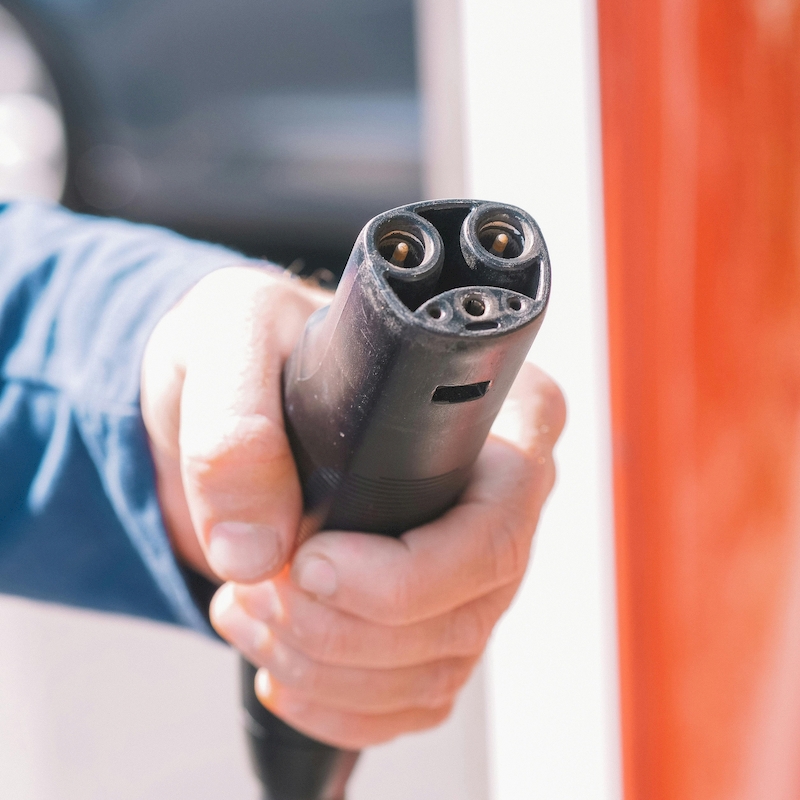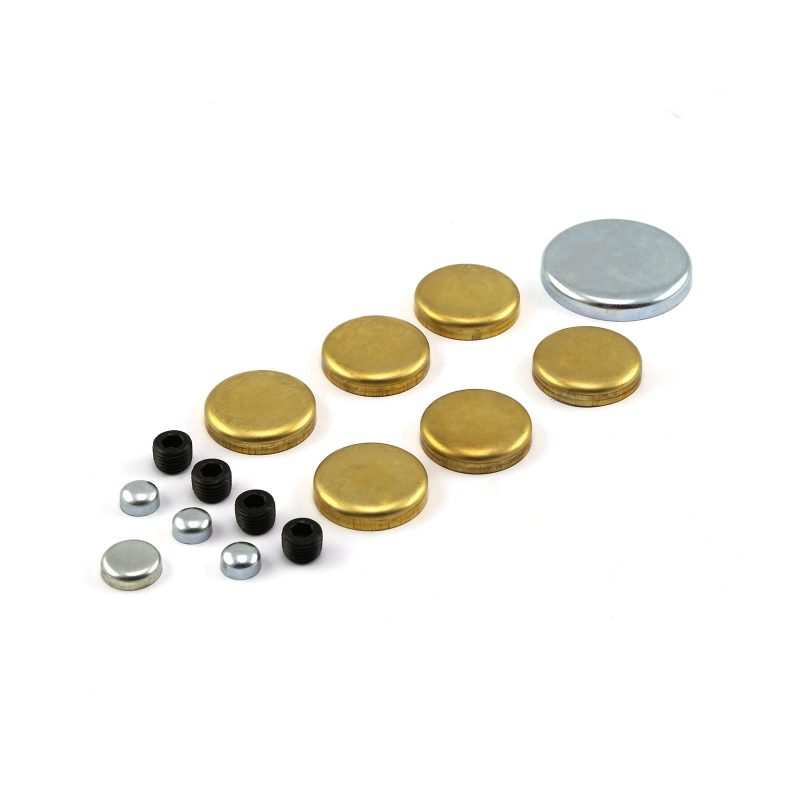Engine brake, a technique employed by savvy drivers, utilizes the internal combustion engine’s resistance to slow down a vehicle. While your car’s braking system is designed for this purpose, engine braking offers distinct advantages, making it a valuable skill to incorporate into your driving repertoire.
Demystifying Engine Braking: How Does it Work?
There are two primary methods of engine braking, each applicable to different engine types:

-
Gasoline Engines: When you lift your foot off the accelerator pedal in a gasoline engine, the throttle valve closes, restricting airflow into the engine. This creates a vacuum within the intake manifold. The pistons within the engine then have to work against this vacuum pressure to complete their intake strokes, resulting in a deceleration effect. Additionally, downshifting to a lower gear while engine braking increases the engine’s resistance, further aiding in slowing down the vehicle.
-
Diesel Engines: Unlike gasoline engines, diesel engines don’t have throttle valves. To achieve engine braking in a diesel vehicle, some manufacturers incorporate a device called an exhaust brake, often referred to by the brand name “Jake Brake.” When activated, the exhaust brake manipulates the engine’s exhaust valves, creating resistance against the exhaust gases and effectively turning the engine into an air compressor. This compressed air creates a significant deceleration force, aiding in slowing down the vehicle.
Embrace the Benefits: Why Use Engine Braking?
Engine braking offers several compelling advantages for drivers:
-
Reduced Brake Wear: By utilizing engine braking to slow down, you lessen the workload on your car’s conventional braking system. This translates to extended brake pad life, reducing maintenance costs and improving overall braking performance.

-
Enhanced Control Downhill: Engine braking is particularly effective when descending steep inclines. Maintaining engine braking helps maintain control of your vehicle’s speed, preventing unwanted acceleration and ensuring a smoother, safer descent.
-
Engine Control and Smoother Gear Changes: Engine braking helps you match the engine’s revolutions per minute (RPM) with the transmission’s gear selection when downshifting. This smoother transition minimizes drivetrain wear and tear, leading to a more enjoyable driving experience.
-
Improved Fuel Efficiency (in some cases): While the fuel-saving benefits of engine braking are debated, some studies suggest that it can improve fuel efficiency in certain situations, particularly on long downhill stretches. The engine consumes minimal fuel when engine braking, potentially leading to slight fuel savings.
Mastering the Art: Tips for Effective Engine Braking
Here are some practical tips to help you master the art of engine braking:
-
Practice in a Safe Environment: Before incorporating engine braking into your regular driving routine, practice in a safe, controlled environment like an empty parking lot. Familiarize yourself with the sensation of deceleration and how it affects your vehicle’s handling.
-
Gradual Application: Don’t abruptly lift your foot off the accelerator pedal when initiating engine braking. Apply a gradual and controlled pressure to maintain a smooth deceleration and avoid unsettling the vehicle.

-
Downshifting Techniques: When engine braking, consider downshifting to a lower gear. This increases the engine’s resistance and provides a more pronounced deceleration effect. However, downshift smoothly and avoid excessive engine RPMs to prevent drivetrain damage.
-
Be Mindful of Road Conditions: While engine braking is beneficial, it’s crucial to adapt your technique based on road conditions. On slippery surfaces like ice or wet roads, engine braking can cause wheel lockup. In such scenarios, prioritize gentle braking and maintain traction.
Beyond the Basics: Engine Braking for Different Vehicle Types
Engine braking techniques can be applied to various vehicle types, each with slight variations:
-
Manual Transmission Vehicles: Engine braking is most intuitive and controllable in manual transmission vehicles. The ability to downshift and regulate engine RPMs provides maximum control over the deceleration process.
-
Automatic Transmission Vehicles: Modern automatic transmissions often incorporate engine braking features. These features may be referred to as “grade logic” or “engine braking control” and utilize the engine to assist in slowing down the vehicle, particularly on downhill slopes. Consult your vehicle’s owner’s manual for specific details on these features.
-
Large Commercial Vehicles: Large commercial vehicles like trucks and buses heavily rely on engine braking due to their significant weight. These vehicles often employ exhaust brake systems like Jake Brakes for improved control and reduced wear on the service brakes.
Engine Braking vs. Conventional Braking: Understanding the Differences
While engine braking offers advantages, it’s not a replacement for your vehicle’s conventional braking system. Here’s a breakdown of the key differences:

-
Primary Function: Engine braking utilizes the engine’s resistance to slow down the vehicle, while conventional brakes rely on friction between brake pads and rotors to generate stopping power.
-
Deceleration Force: Engine braking provides a more gradual deceleration force compared to conventional brakes, which can bring a vehicle to a complete stop quickly.
-
Applications: Engine braking is ideal for situations requiring controlled slowing down, such as descending hills or maintaining a safe following distance. Conventional brakes are essential for emergency situations or coming to a complete stop.
-
Safety: While engine braking enhances control, it’s crucial to remember that it doesn’t replace the need for functional brakes. Regularly maintain your braking system for optimal safety.
When Engine Braking Isn’t Enough: Knowing When to Use Conventional Brakes
In specific scenarios, engine braking alone might not be sufficient. Here are some situations where you should prioritize conventional braking:

-
Emergency Stops: During emergencies requiring an immediate stop, prioritize using your car’s brakes to bring the vehicle to a halt as quickly and safely as possible.
-
Slippery Roads: On slick surfaces like ice or wet roads, engine braking can lead to wheel lockup and a loss of traction. In such conditions, apply gentle braking techniques to maintain control.
-
Traffic Stops: When approaching traffic lights or stop signs, gradually ease off the accelerator and utilize engine braking to slow down initially. As you get closer to a complete stop, engage the brakes to bring the vehicle to a full halt.
Engine Braking: A Skill Worth Mastering
Engine braking, when employed effectively, becomes a valuable tool for any driver. It reduces wear on your brakes, enhances control, and can even improve fuel efficiency in certain situations. By understanding the principles and techniques discussed in this article, you can incorporate engine braking into your driving routine and experience a smoother, more controlled driving experience.


